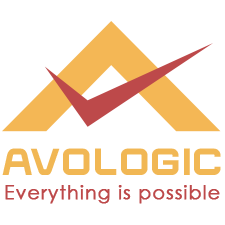Raspberry Pi is a small, low-cost computer that can be used for a wide variety of projects. Here’s a brief outline of a typical Raspberry Pi course:
- Introduction to Raspberry Pi: The first section of the course covers the basics of Raspberry Pi, including its history, features, and uses.
- Setting up Raspberry Pi: In this section, learners will learn how to set up Raspberry Pi, including how to download and install the operating system, connect to the internet, and configure the system.
- Programming with Raspberry Pi: This section covers the basics of programming with Raspberry Pi, including how to write and run Python programs, how to use the GPIO (General Purpose Input/Output) pins, and how to work with sensors and other electronic components.
- Projects with Raspberry Pi: In this section, learners will work on various projects using Raspberry Pi, such as building a media center, a home automation system, or a robotics project.
- Hands-on Practice: A Raspberry Pi course typically includes hands-on exercises and projects to reinforce the concepts learned throughout the course.
By the end of the course, learners should have a good understanding of Raspberry Pi and be able to program and use it for various electronics projects. They should also be able to troubleshoot and fix common issues with Raspberry Pi.
Page Copyright
© Copyright @Avologic 2016 - 2023 All Rights Reserved.
